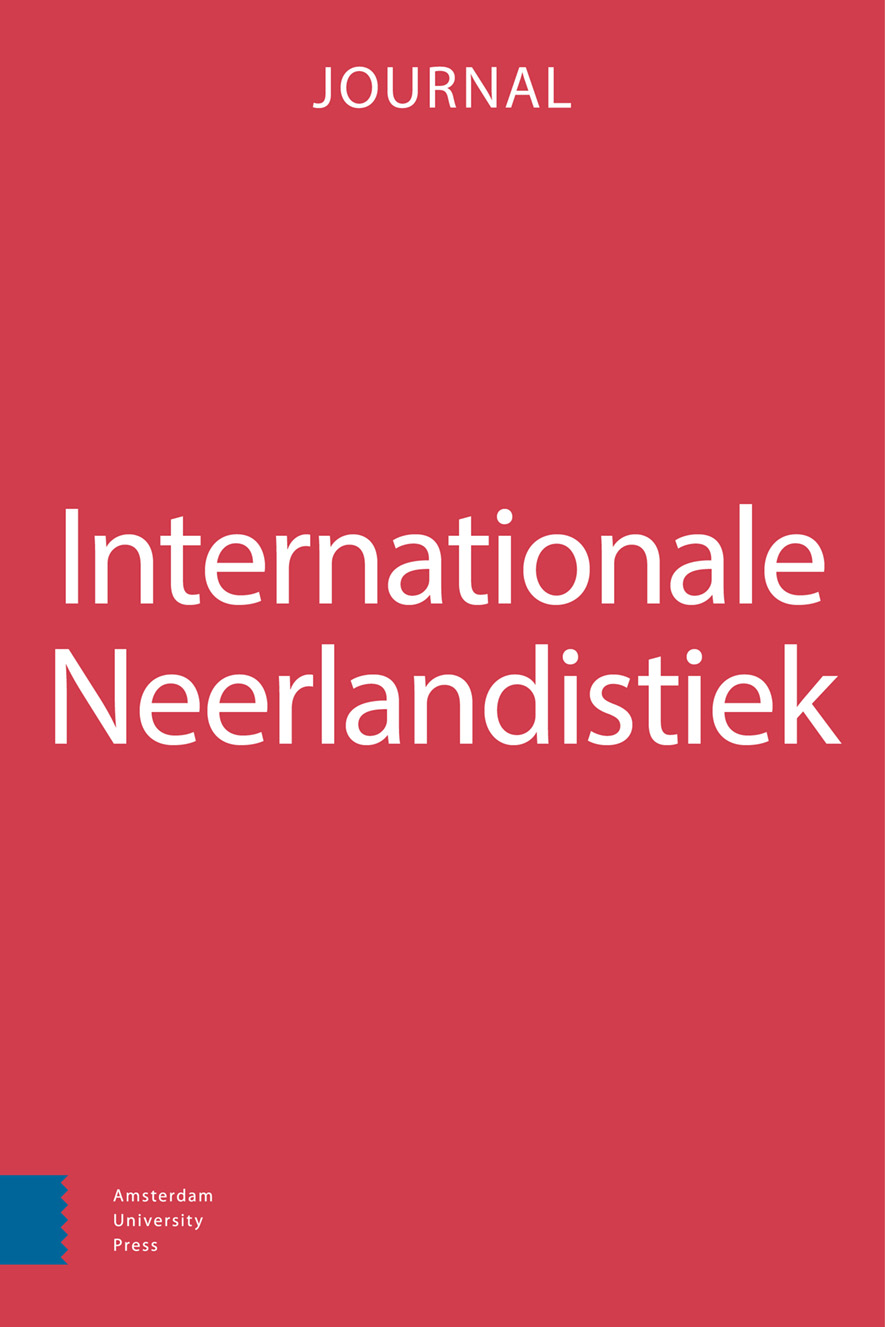- Home
- A-Z Publications
- Internationale Neerlandistiek
- Previous Issues
- Volume 53, Issue 2, 2015
Internationale Neerlandistiek - Volume 53, Issue 2, 2015
Volume 53, Issue 2, 2015
-
-
Drie soorten boodschappen in de gezondheidscommunicatie
More LessBy Carel JansenAbstractThree types of messages in health communication. What determines success or failure?
Document designers in the field of mass health communication face great challenges when developing persuasive messages to change people’s behaviour. Theoretical and experimental research, however, has contributed to our knowledge of the determinants of success of persuasive messages. This article discusses the research into three types of messages that may be used in health promotion campaigns: fear appeal messages that try to persuade recipients into healthy behaviour by picturing the horrible things that may happen to them if they do not follow the recommendations; puzzling messages that may encourage people to talk about the topics that are addressed and that may indirectly lead to the intended behavioural changes; and narratives, stories in different formats that may persuade readers into more healthy behaviour by reducing their resistance to attempts to change this behaviour.
-
-
-
‘In Holland staat een huis’
More LessAbstract‘In Holland there is a house’. The representation of Polish immigrants in recent Dutch feature films
This article looks into the representation of Polish immigrants in recent Dutch feature films (1997-2012), with a particular focus on the prominent role of domestic settings and familial dysfunctions in the pictures involved. As the analysis reveals, many of the films under discussion bring into view troubled Dutch protagonists (especially men) who suffer from degradation in the familial and social sphere. The Polish characters in turn tend to be instrumentalized as (potential) agents of change (or rather ‘restoration’), taking up traditional familial and domestic roles that are no longer fulfilled by Dutch characters.
While the narrative function granted to Polish immigrants in Dutch film can be closely linked to the widespread perception of Poland (and East Central Europe at large) as less ‘modern’ (than the West) as well as to the physical, strongly gender-typed labor usually performed by these jobseekers, the Dutch treatment of Polish characters remains largely in line with the screen portrait of expatriate Poles in other European cinemas (i.e., ‘noble’ rather than ‘savage’). In the meanwhile, however, with its particular focus on (declining) ‘domesticity’ in Dutch private and public spaces, the corpus of films under discussion points to the contradictory feelings of nostalgia underlying the treatment of migration in Dutch representational practices: while some films expose the longing for the preservation of a monolithic Dutch ‘home’ unaffected by immigrants, other productions instrumentalize the influx of foreigners as a means to reinstall a sense of (female) domesticity into the center of the Dutch family.
-
-
-
‘Maar hier gaat alles gewoon verder.’
More LessAbstractBut here everything keeps going on. Lieve Joris’ journalistic ethos in De poorten van Damascus
In her book De poorten van Damascus (Damascus’ gates) (1993), Lieve Joris reports on her longtime stay in the early nineties with an old friend in Damascus. As a literary journalist, Joris diverges from the conventional reporting style that follows strict rules in order to ensure an objectivity effect, and chooses a narrative form that allows for more personal interaction between journalist and source. Since this narrative form is widely used in fiction, Joris runs the risk of losing her ethos as a journalist. I will examine in what ways Joris negotiates this ethos, and how she manages to bring the risks of her personal and empathic style of journalism to the fore. This analysis draws from the rhetorical perspective introduced by Ruth Amossy, and particularly its focus on ethos both in media and literary discourse.
-
Most Read This Month


